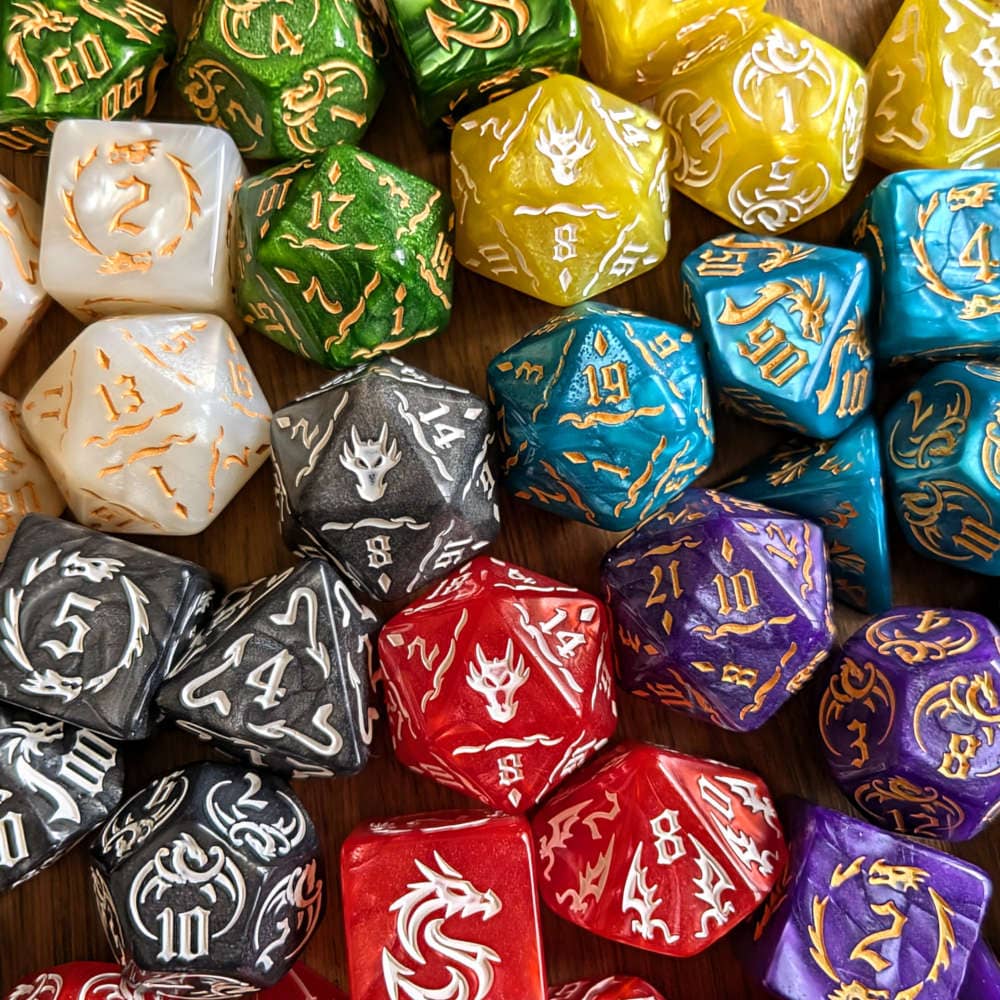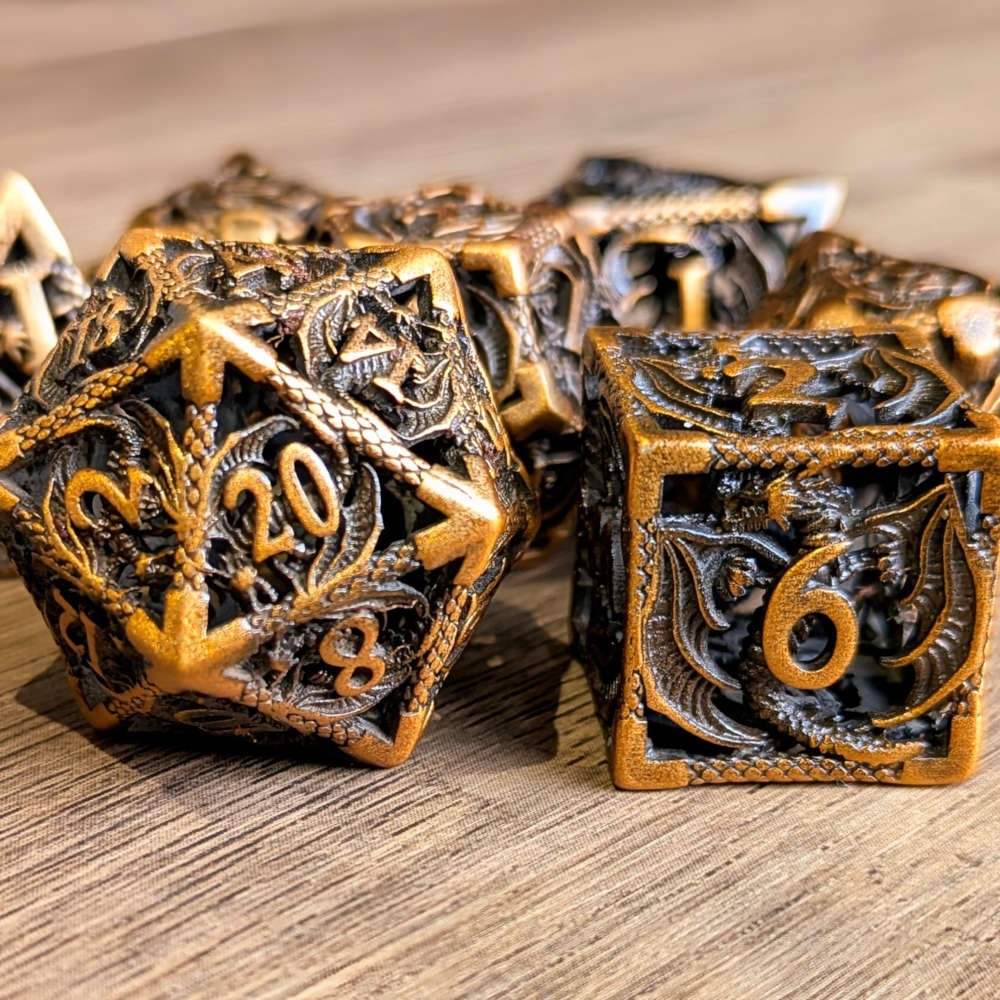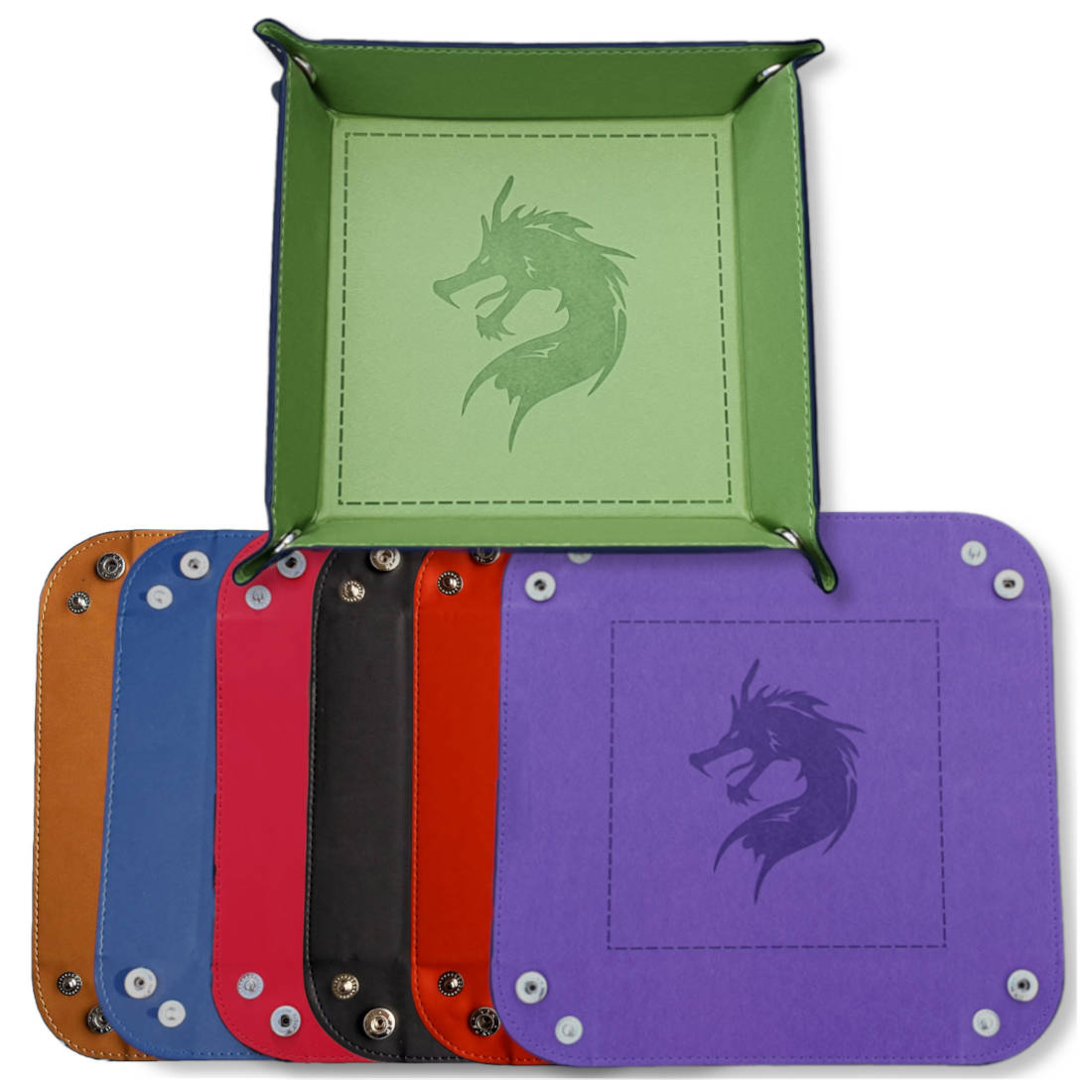How does surprise work in D&D 5e?

In the world of Dungeons & Dragons 5th Edition (D&D 5e), surprises are the sparks that ignite thrilling narratives and unexpected twists. Understanding how surprise works is pivotal for both Dungeon Masters and players alike.
This guide delves into the mechanics of surprise in D&D 5e, unravelling its nuances and exploring the strategic opportunities it presents.
What is the surprise rule?
The surprise rule in D&D 5e reflects moments when one side catches the other off-guard. Whether a gelatinous cube silently approaches or adventurers ambush a bandit wagon, surprise can tip the scales in one side’s favour. In such situations, attackers can gain an upper hand in the ensuing conflict.
This is how the surprise rule is explained in the D&D 5e Player’s Handbook:
“The DM determines who might be surprised. If neither side tries to be stealthy, they automatically notice each other. Otherwise, the DM compares the Dexterity (Stealth) checks of anyone hiding with the passive Wisdom (Perception) score of each creature on the opposing side. Any character or monster that doesn't notice a threat is surprised at the start of the encounter.
If you're surprised, you can't move or take an action on your first turn of the combat, and you can't take a reaction until that turn ends. A member of a group can be surprised even if the other members aren't.”
How does surprise attack work in D&D?
In D&D 5e, a surprise attack occurs when an attacker is unseen, and the target is unsuspecting. While surprise itself doesn't grant advantage, being unseen does, enabling the attacker to strike with advantage for a more potent assault.
Do surprise rounds exist in 5e?
In Dungeons & Dragons 5e, the term 'surprise round' is a colloquial expression commonly used by players, but it doesn't formally exist in the rules. Instead, the concept of surprise is woven into the mechanics of combat. The process involves several steps to determine who, if anyone, is surprised and how this affects the order of actions during the initial moments of combat.
This is a carry-over term from the days of Dungeons & Dragons 3rd edition. In 5e, combat is determined in 4 steps:
- Determine surprise: the Dungeon Master (DM) assesses whether any combatants are caught by surprise based on their awareness and circumstances.
- Establish positions: the DM clarifies the locations of all combatants, setting the stage for the impending conflict.
- Roll initiative: all combatants roll initiative to determine the order in which they act.
- Take turns: each combatant proceeds in initiative order, but those who are judged to be surprised may not act or move during the initial round, and may not take a reaction until after the end of their first turn.
Does surprise affect saving throws?
The official rules of D&D 5e don't impose disadvantage on saving throws during surprise. However, DM discretion can consider circumstances that may warrant such an impact based on the specific situation.
How do you get surprise in D&D?
In D&D, surprise is often achieved through stealth. Concealing yourself in shadows or setting ambushes, you may await the perfect moment. The DM may call for Stealth checks, comparing results to the passive perception of potential targets.
Dice sets to accompany you on your adventures
Properly understanding the intricacies of D&D rules can make your experience smoother and more consistent. If you found this guide interesting, you might enjoy our guide that explains how critical hits work in 5e.
In your journey through the realms of fantasy, having the right tools is crucial. Elevate your adventures with our range of dice for D&D. Whether you seek metal RPG dice or something else, our collection caters to adventurers of all backgrounds.





